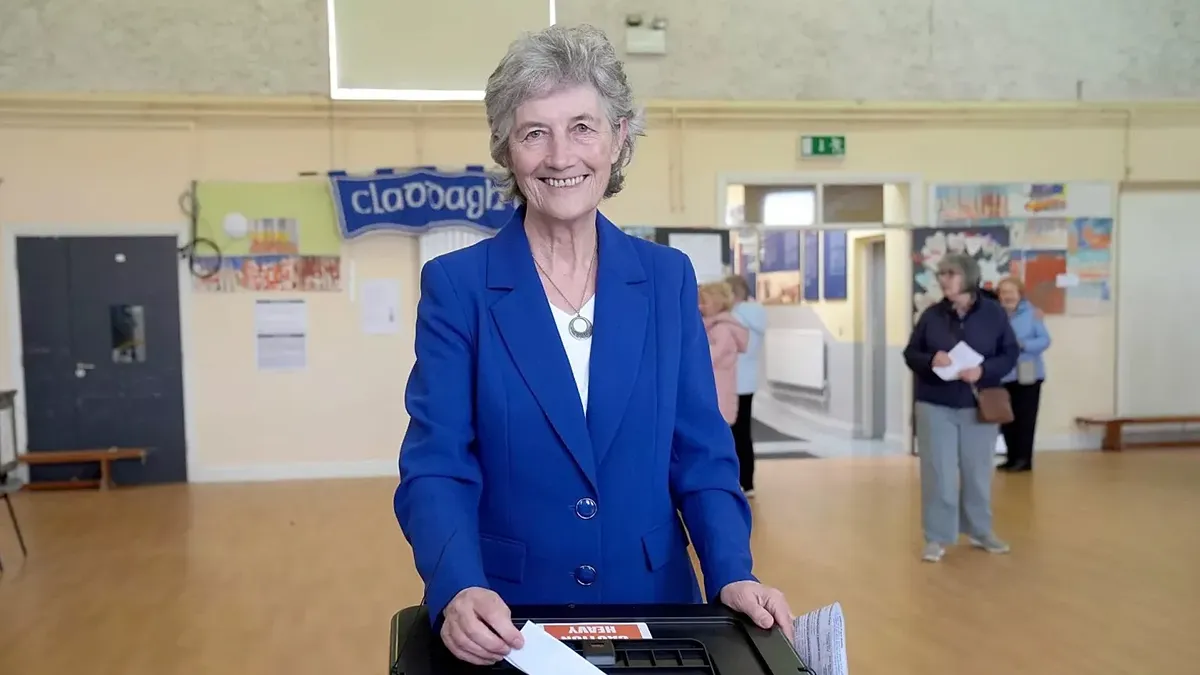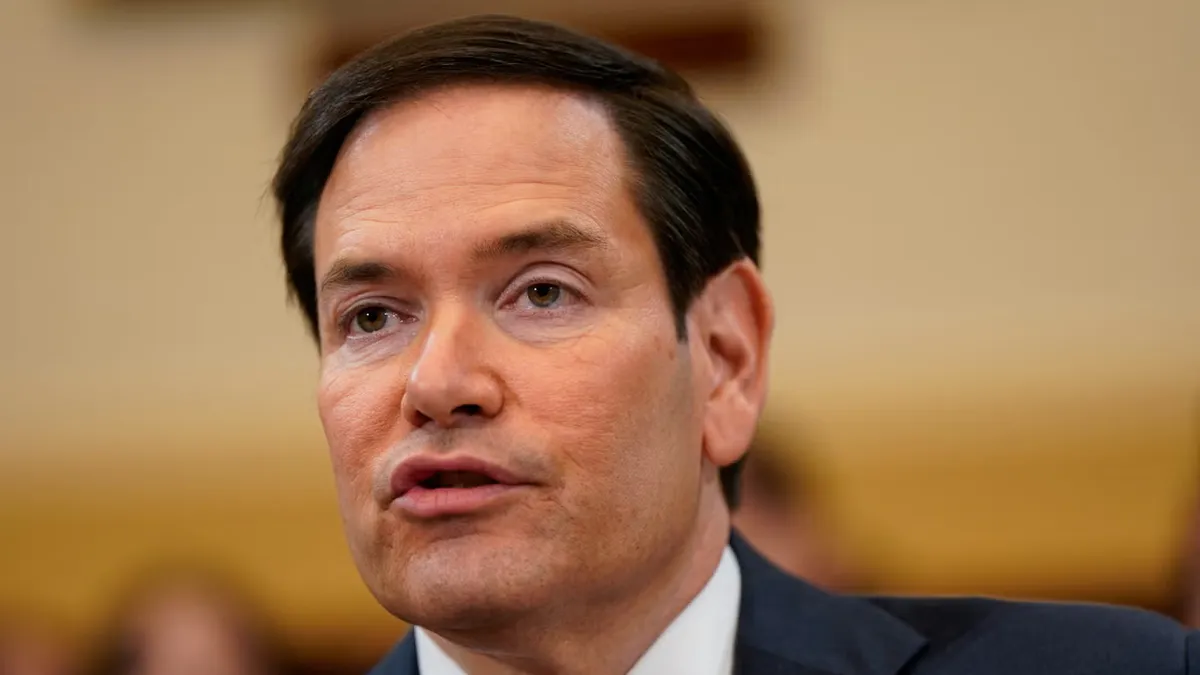Image: Herwig PRAMMER
Director Alexandra Liedtke is interested in the seemingly inevitable solution to interpersonal conflicts through revenge, violence and murder that is passed on to future generations. So she introduces Lola’s son as a silent role, who admiringly takes the knife with which his father Alfio sends his rival Turiddu into the afterlife and thus practically inherits the bloody problem-solving skills.
In “Cavalleria” it’s the murder of a sexual rival, in “Pagliacci” there’s femicide, which couldn’t be more topical. Scenically, Alexandra Liedtke stuffs her protagonists into narrow boxes: spaces that symbolize both the constraints that seemingly follow traditional values and the protagonists’ imprisonment in their limited, strongly patriarchal world. In addition, there are strict, religiously based moral concepts.
This leads to a complete disenchantment of verismo in Raimund Orfeo Voigt’s very abstract scene, which is somewhat mitigated by the very realistic costumes (Su Bühler). It’s like a traditional passion play taking place in a sober warehouse.
Not everything that can be seen – such as a couple, also introduced by the director, who tear their clothes from their bodies during the Easter procession and then lie with a lamb and a cross in front of a living blue-robed Madonna – is logically comprehensible, but it disturbs the otherwise stringent and in Some scenes don’t have an impressively staged plot. In this respect, “Pagliacci” is a little more impressive overall because the focus here is even more on the central characters and the game within the game allows a lot of things to happen by themselves.
The musical side is led by Enrico Calesso, who read the score carefully with the finely arranged Bruckner Orchestra and thus eliminated beloved traditions that were never in the music. On the one hand, this is good, but it doesn’t always work out because – and this also applies to the choir – the dynamically explosive parts reach their optimum, but the lyrically delicate ones could be sharpened in terms of their tonal quality. So e.g. E.g. the beginning of the “Regina coeli” in the “Cavalleria”, which is also shaky in terms of intonation. Although it builds up impressively, at the beginning it rather misses its effect of pure tonal beauty, which represents the seemingly ideal world of faith.
Among the soloists, Sung-Kyu Park, who sings the main tenor role in both operas, stands out impressively, although the Canio may suit him even more than the “loser” Turiddu, who calls out to his mother at the end. His voice seems to know no boundaries and shines above everything, but he also lacks what was missing from the whole evening – the lyrical moment. Elena Batoukova-Kerl is also a strong Santuzza when it comes to demanding revenge and exploring the extremes of the role, but rather reserved when it comes to ensnaring Turiddu. Erica Eloff is a fabulous Nedda, who on the one hand shows herself to be a veritable comedienne in the second act, but also exudes real verismo in “real” life. And also with many lyrical moments in his voice.
Adam Kim embodies both baritone main characters, although – and not just because of a magnificently sung prologue – he may have been closer to Tonio than Alfio in “Cavalleria”: here too, a fine, all-round, carefree vocal package. Christa Ratzenböck impresses as Mamma Lucia, Angela Simkin as Lola, Matthäus Schmidlechner impresses as the comical Peppe and Alexander York as the haunting Silvio.
Overall, a scenically flawless, if not sensational, hit, which is ideally complemented by an effective musical side that leaves out a little of the lyrical element.
more from culture
“V13”: Emmanuel Carrère gives a voice to the victims of the Paris terrorist attacks
The new ORF “Gala for Light in the Dark” grossed 3.38 million euros
Markus Hinterhäuser: “You can’t beat that in terms of silliness”
Salzburg Festival: An opera director stages Everyman
: Nachrichten
I am an author and journalist who has worked in the entertainment industry for over a decade. I currently work as a news editor at a major news website, and my focus is on covering the latest trends in entertainment. I also write occasional pieces for other outlets, and have authored two books about the entertainment industry.




